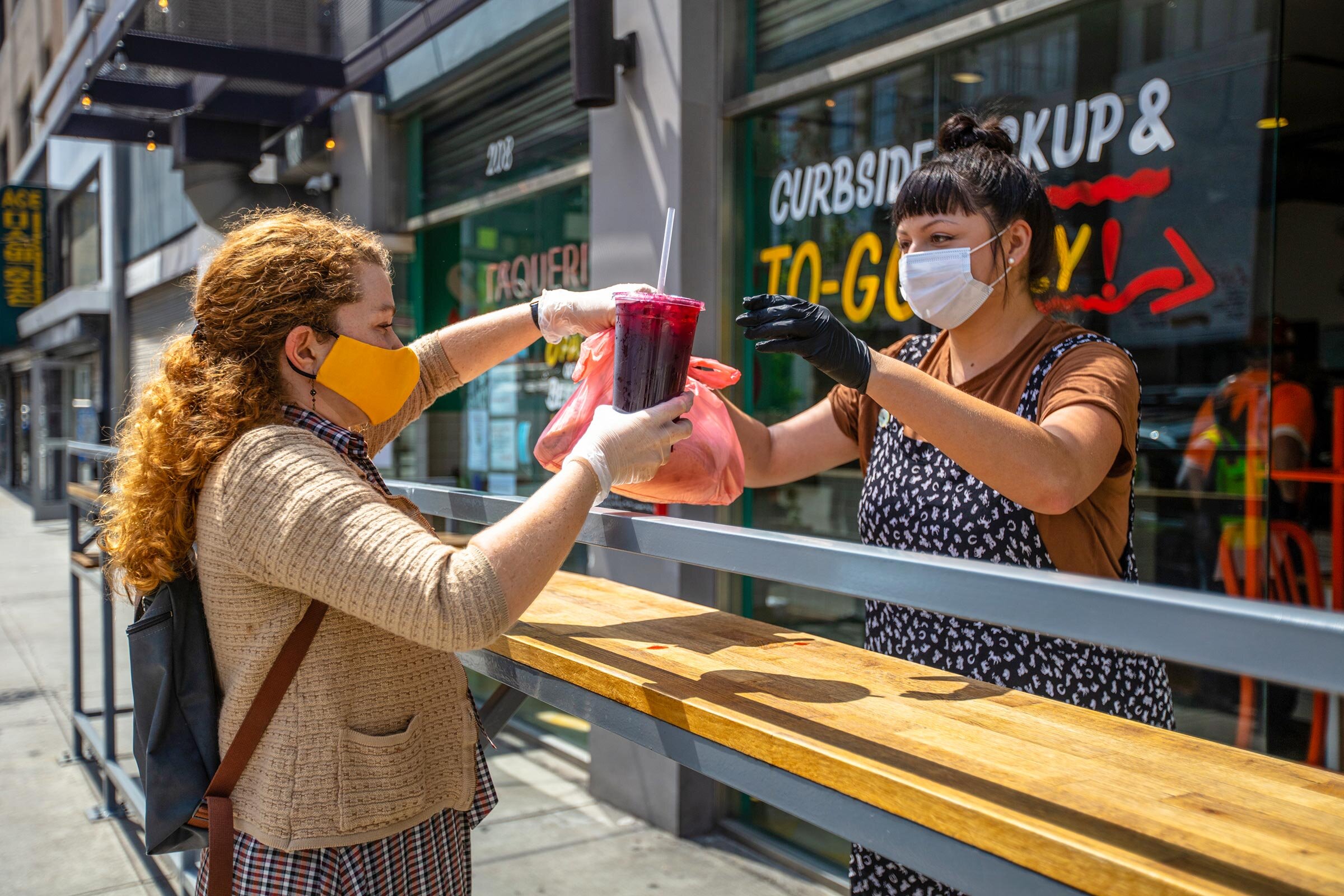The average American spends around $2,600 a year on eating out. While that amount might be lower in COVID times, most people continue to rely on restaurants for many of their meals.
That's good news.
The bad news is many restaurants are still struggling. Yelp data reveals that nearly 16,000 restaurants have permanently closed in recent months, likely owing to the pandemic.
Restaurants that are surviving are turning to take out service to remain in business. Even upscale restaurants like Chicago's famous RPM Steak and Alinea now offer take out meals.
Moreover, dining-in options are limited in many states and cities. Even states without dining-in restrictions may find that high unemployment rates and economic uncertainty cause many consumers to cook at home, skipping the restaurants altogether.
So, what can restaurants do to drive takeout sales? Here are a few strategies.
1. Offer Online Ordering
We're addicted to our smartphones. From social media to work to learning, the average US adult spends nearly four hours daily staring at their phone screens. Restaurants can increase takeout orders by making it easy for customers to order online, right from their smartphone.
The simplest way to add online ordering is through a third-party app—but those will take a big bite out of your revenue. Instead, try a platform like Menufy for a fast online ordering launch. The restaurant can choose between absorbing the convenience fee per order or passing it directly onto the customer.
2. Enable Curbside Pickup
To minimize indoor contact amid the COVID pandemic, customers who request curbside pickup can order in advance and have their to-go order brought to the restaurant storefront or to their vehicle.
On the Menufy online ordering platform, a curbside pickup feature can be set up in the backend. Once activated, customers can request it during the checkout process and enter their vehicle description, if applicable.
See our tips on how to improve the curbside pickup experience for your customers.
3. Create Takeout-Only Specials
Most restaurants offer daily or weekly specials—maybe a Friday afternoon drinks special or kids-eat-free night. Why? Because they drive traffic. However, most specials aren't available as take-out because most specials are designed to drive dine-in traffic, not carry-out.
But as more diners rely on takeout to satisfy their dining-out cravings, now is the perfect time to offer takeout-only specials.
For example, consider offering a free appetizer with carryout, a free kid's meal with each entrée on certain days, or a "family meal" of several popular items for a discounted rate. Specials are an effective way to make takeout more enticing than cooking dinner—even when budgets are tight.
With Menufy's digital coupon feature, restaurateurs can create deals that incentivize to-go orders. Need to boost sales on certain days of the week or time of day? Coupons can be configured for time-parting and/or day-parting, whereby the deal is redeemable during specified periods.
4. Launch a Loyalty Program
Loyalty programs help turn customers into brand promoters. Even a simple punch card can encourage diners to return to your restaurant again and again.
Besides, loyalty programs offer a higher ROI than coupons, which could attract deal-seekers who might not necessarily return to your restaurant.
In addition to driving return business, loyalty programs make it easy to collect contact information, such as email addresses, allowing you to target users through email marketing. If you're looking for ways to grow take out sales and improve your marketing efforts, a loyalty program is critical.
For example, Menufy's loyalty program, Tasty Rewards, encourages customers to re-order from your restaurant by rewarding them with a free 11th order.
5. Don't Forget Social Media
Many restaurants—mostly smaller restaurants with a limited marketing budget—end up setting up social media accounts, only to forget about them, which is a missed opportunity because social media is one of the easiest ways to connect with your audience.
The average American spends more than two hours daily on social media like Facebook, Instagram, and YouTube. You want to be there, reminding them about your menu when they get hungry!
If you want to reach users in there digital playground:
Take the time to figure out where your target audience spends most of their social screen time.
Once a week, schedule social media posts. Include specials that may interest your customers and consider times when they're likely to be thinking about what to eat.
If you have the budget, consider running social media ads or outsource the work to a restaurant marketing service provider.
Conclusion
In the past, take-out was supplemental to dine-in traffic for most restaurants. However, it's worth noting that restaurants that rely heavily on take-out, like pizza chains, are faring better during this current economic downturn.
Start by claiming your Google My Business listing, if you haven't already. Then look for ways to make the online ordering experience more manageable by using an online ordering system that is mobile-friendly and curbside-ready. Finally, focus on providing an excellent experience for carryout customers, so they will come back—and tell their friends about their experience too.

